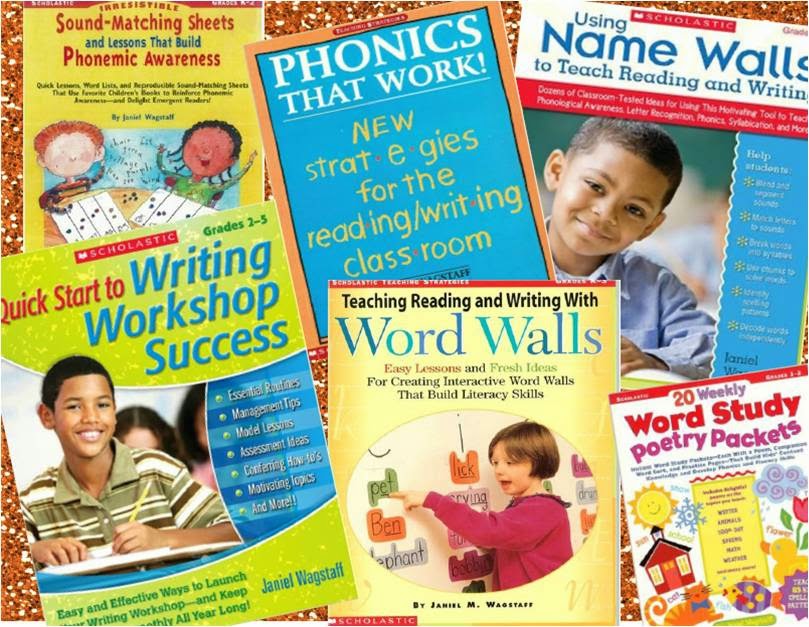Here’s a kicker. As our librarian has been removing dots in between running her classes this week, she’s been hearing anxious student-comments like, “What are you doing? How will I ever be able to choose my books now?” This bowls me right over. ‘How will I choose now? How can I possibly navigate this world of books without the dots to help me?’ How, indeed. Have we so limited their vision as readers that without the colored dots they have become blind?
I literally can’t stand the thought of students having these thoughts! Recently, my seven year old son and I were at Barnes and Noble. When we walked in, he headed straight to the children’s section. He got a few steps into the first aisle and stopped with a gasp, “Oh, mom! Look at this one! I haven’t seen this Magic Tree House title before!” Pulling ‘Shadow of the Shark’ off the shelf, he sat down for a moment to peruse the book. He wasted no time, tucking the book under his arm, heading further down the aisle. Another gasp, “Oh, look, mom! I’m just learning about this series!” He pulled a book from the Spirit Animals series from the shelf. “Holden shared this book in class. Characters drink a nectar and their spirit animals spawn and help them.” About ten minutes later, after more literal gasps, ‘ewwws’ and ‘ahhhs’ (which, by the way, were delightful to observe), he had a handful of books he’d taken off shelves for different reasons, perused to different degrees, and that he wanted to read for different purposes. Though I’m a literacy specialist, I’ve never personally tested his reading ability to quantify it in anyway, nor have I ever felt the need. He is a reader in every sense of the word. He does not need colored dots to lead him to books. He knows how to navigate sections of books in a library or bookstore, he knows about different genres, authors, series, and he’s aware of his current preferences. He’s open to the suggestions of others. He has piles of books next to his bed and he openly discusses what he reads.
Every reader follows a different path to find themselves in love with books. Certainly one of the steps along the way, though, must be the ability to pick books of interest without massive external guidance. Yes, it’s definitely important to get to know our readers and give them book suggestions to help them stretch or even more importantly to help those readers who seem lost find their way. But, let’s also teach students varied strategies for independently choosing books that will nourish them as readers and that they’ll enjoy. Let’s help them discover their power as readers, decision makers and influencers. In my view, we can’t get those dots pried off the books fast enough! Let’s get the blinders off…there’s a whole library to explore!














No comments